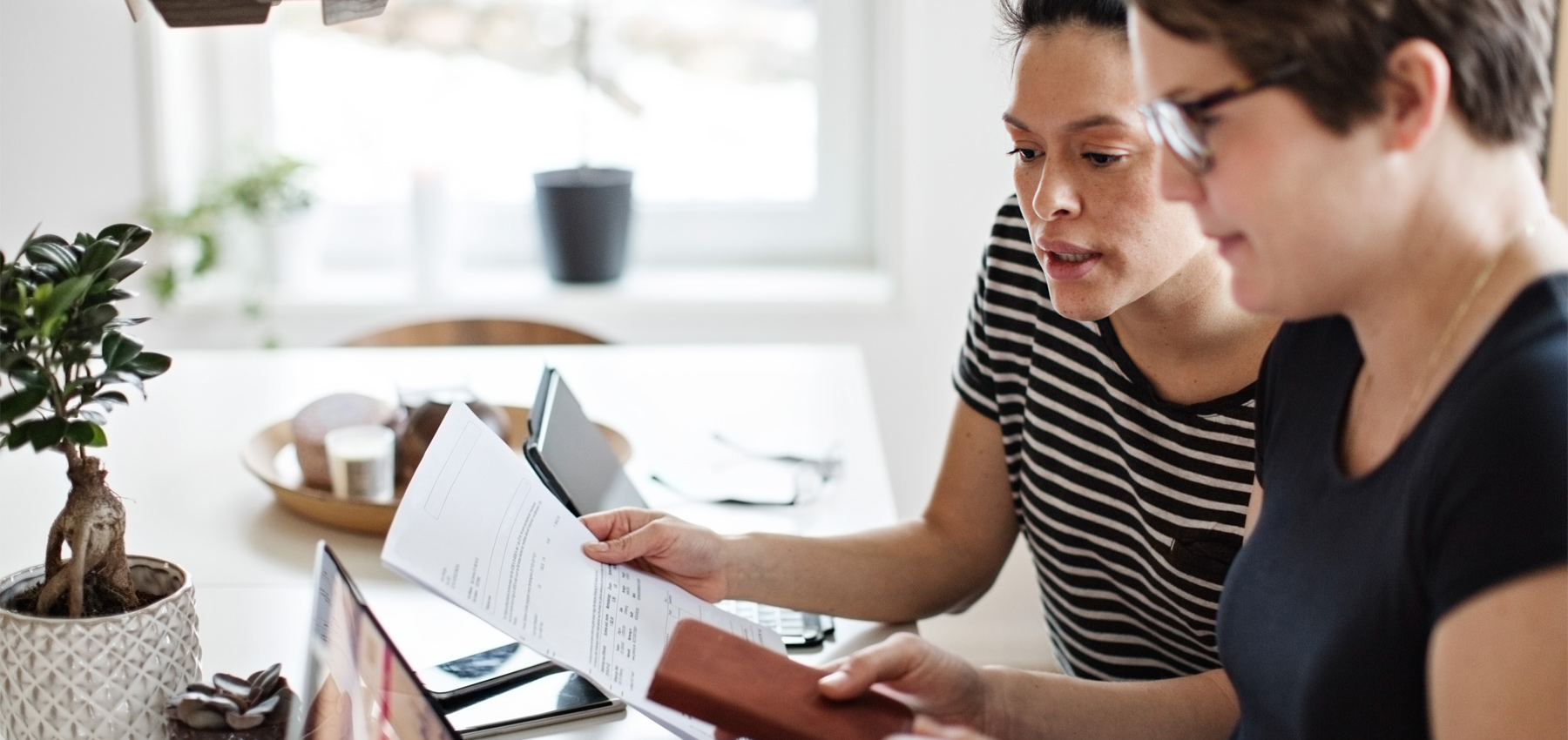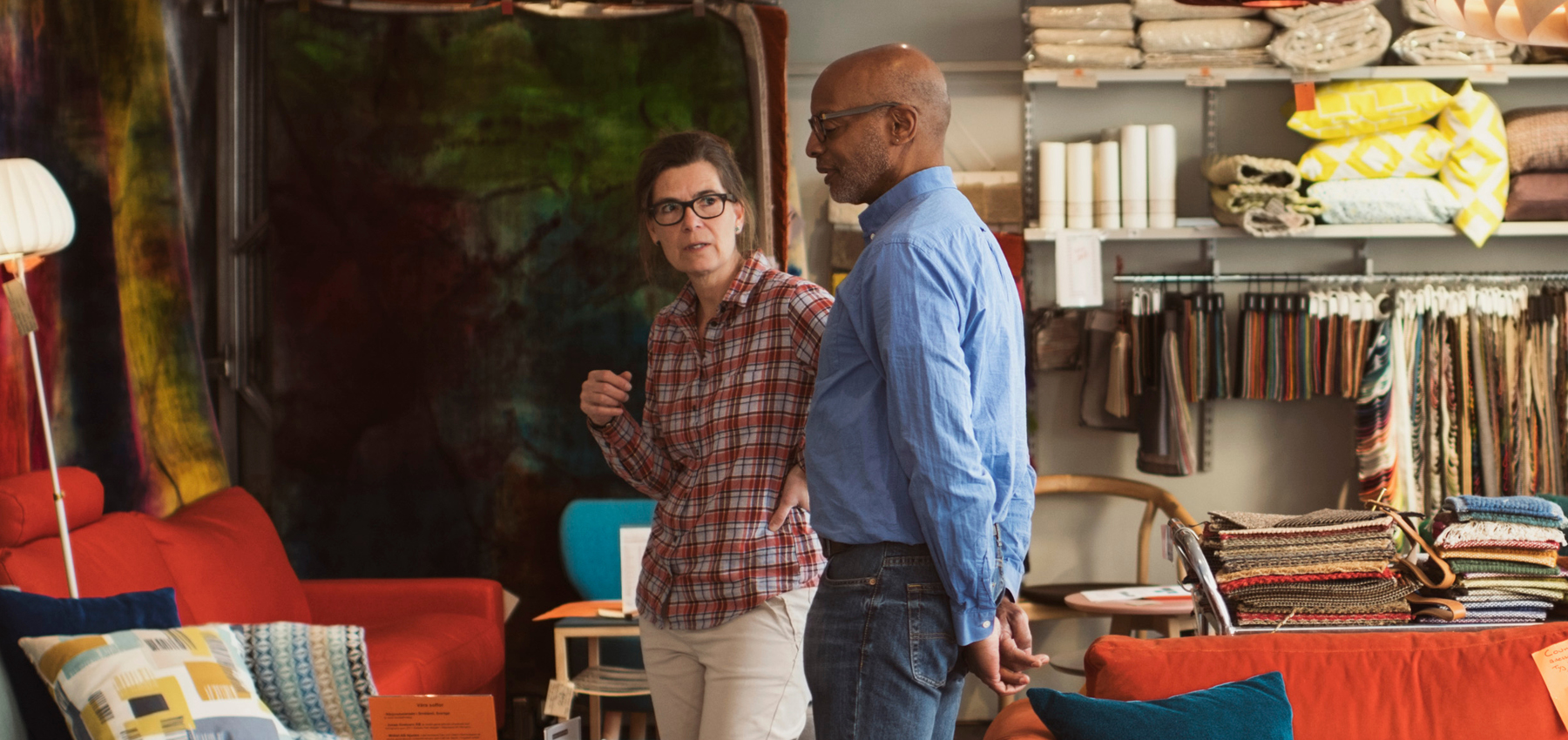House hunting in Canada as a newcomer can be a challenging process, but it doesn’t have to be a confusing one. Saving for a downpayment takes time and dedication. Sometimes, it means cutting back on spending in other areas like travel and dining out while building up your credit score. If you’re a newcomer to Canada dreaming of your first home, these tips can help you meet your goals, secure a mortgage, and turn your homeownership dreams into reality.
In this article:
- What is a down payment?
- How to calculate a minimum down payment in Canada
- How a down payment affects the total cost of your mortgage
- 7 tips for saving for a down payment in Canada
What is a down payment?
A down payment is a lump sum of money you put down on a large purchase, in this case a home, to cover a portion of its price. It is usually paid in cash or equivalent, and can’t be put on credit. A down payment is often critical to getting approved for a mortgage in Canada. A lender will deduct your down payment from the purchase price of your home and will issue a mortgage on the remaining amount.
How to calculate a minimum down payment in Canada
If your home’s total purchase price is less than $500,000, the minimum downpayment in Canada is five per cent. If the price falls between $500,000-$999,999, the minimum downpayment is five per cent of the first $500,000 and 10 per cent for the portion of the purchase price over $500,000. If your home’s total cost is $1 million or more, the minimum down payment in Canada is 20 per cent. However, if you’re self-employed or have a poor credit history, your lender may require a larger down payment.
| Purchase Price of Home | Under $500,000 | $500,000-$1,000,000 | Over $1,000,000 |
|---|---|---|---|
| Down Payment Amount | Minimum 5% down payment | Minimum 5% down payment on the first $500,000 and 10% or the remainder |
Minimum 20% down payment |
| Example | Cost of home: $450,000 Minimum down payment is $22,500 |
Cost of home: $800,000 Minimum down payment is $55,000 |
Cost of home: $1,300,000 Minimum down payment is $260,000 |
Check the value of homes for sale in the area in which you want to live with this free online tool that gives you an estimate of what a home is worth versus its list price.
How a down payment affects the total cost of your mortgage
The larger your down payment, the less you’ll pay in mortgage insurance premiums. Mortgage loan insurance protects the lender in case you default on repayments. If your down payment is less than 20 per cent of the total purchase price, you must buy mortgage loan insurance. The fee you pay for mortgage loan insurance is called a premium, which typically ranges between 0.6 to 4.5 per cent of your total mortgage cost. Note that this insurance does not provide you with any type of protection if you can’t make your payments.
7 tips for saving for a down payment in Canada
Here are seven strategies to help newcomers save for a down payment on their first home in Canada.
1. Prioritize your financial and life goals
Saving for a big purchase, like a first home, isn’t easy. It usually requires making hard decisions when it comes to budgeting and weighing your “wants” versus “needs.” You may have to look at cutting back on vacations, eating out in restaurants, and even everyday items like clothing and expensive groceries. If you decide saving for a down payment is a top priority, try to find other areas of your life where you can cut down on spending. It’s important to create a detailed financial plan that clearly lays out your path to a down payment. If you’re unsure about how to create a plan, consider booking an appointment with an RBC financial advisor.
2. Pay off your debts before considering a mortgage
A mortgage is a big commitment. If you have any, try to pay off all other debts before taking one on. This is especially true of credit card debt; it’s hard to save for a down payment if you’re paying interest fees every month. Freeing yourself from other debts can also improve your credit score and ability to qualify for a mortgage at a more competitive rate.
3. Keep your credit score in good standing
It’s important to keep your credit score in good standing if you want to qualify for a mortgage at a good rate. Easy ways to do this include paying all your bills on time, never going over your credit card limits, and staying on top of any suspicious activity on your cards or in your bank account. You’ll also want to build up your credit history in Canada by regularly using credit cards or paying back loans for other items like university tuition or a vehicle. This shows potential mortgage lenders that you can be relied upon to pay your debts.
4. Borrow from your RRSP
Did you know you can borrow up to $35,000 CAD tax-free from your Registered Retirement Savings Plans (RRSP) to put towards your first home in Canada? If you and your spouse are both first-time home buyers, you can each borrow from your RRSP for a total of up to $70,000 CAD. You’ll have to pay back the funds within a 15-year period, but this is a great way to boost your down payment. In order to qualify for this program, you must plan to use the home as your principal residence within one year of buying or building it.
5. Use savings from your TFSA
Tax-Free Savings Accounts (TFSAs) are a great option when it comes to saving for down payments in Canada. They can be an even better option than using your RRSP to fund a down payment because you can take from your TFSA without restriction and there’s no time limit on having to pay the money back, if ever. A TFSA can be accessed at any time, for any purpose, without tax implications. You can also potentially use funds from both your RRSP and TFSA accounts for your down payment.
6. Factor in maintenance costs and other fees
Remember that there’s more to purchasing a home than just the sale price. Make sure to calculate all maintenance costs and fees including legal fees, home inspection fees, land survey fees, appraisal fees, land transfer taxes, and new home warranties. These purchases are usually not optional and can add thousands of dollars to your final bill. It’s important to include them in your financial plan.
Buying your first home as a newcomer in Canada is a major milestone. Every individual’s situation is different. In addition to these tips, it’s important to talk to a financial advisor for guidance on how you can save for a down payment and achieve your homeownership dreams. If you’re hoping to become a homeowner in the next few years, book an appointment with an RBC Advisor today to put a financial plan in place and make your goal a reality.





